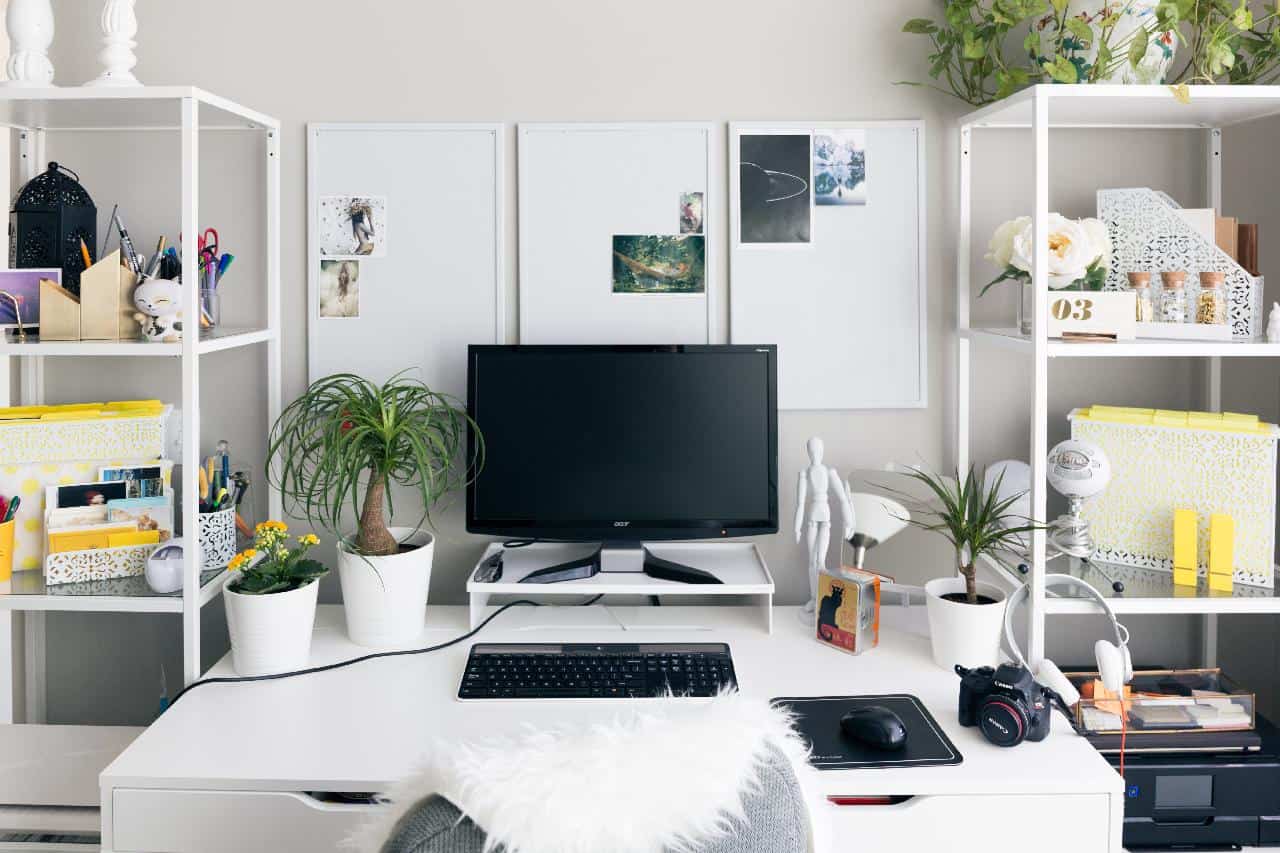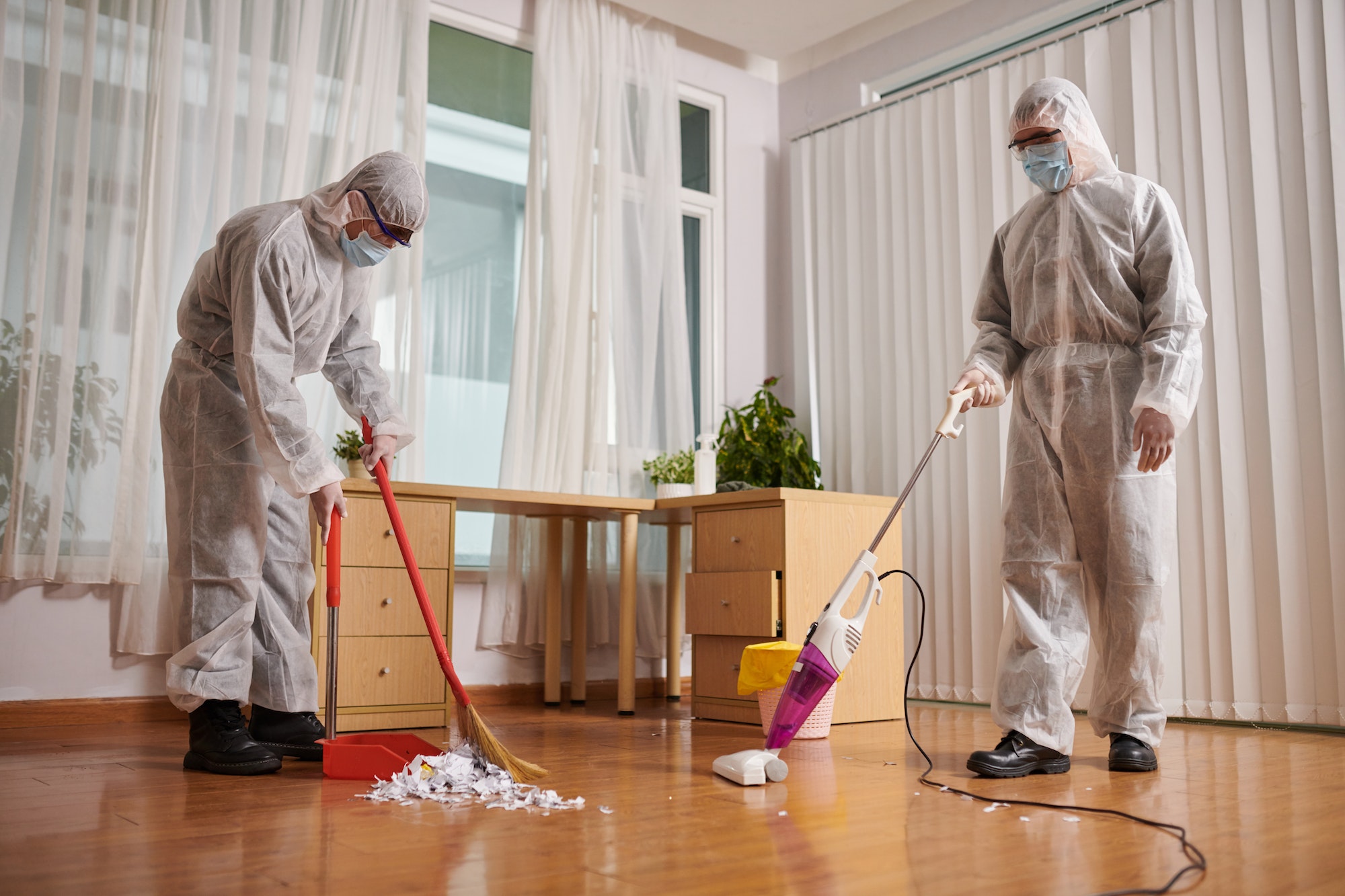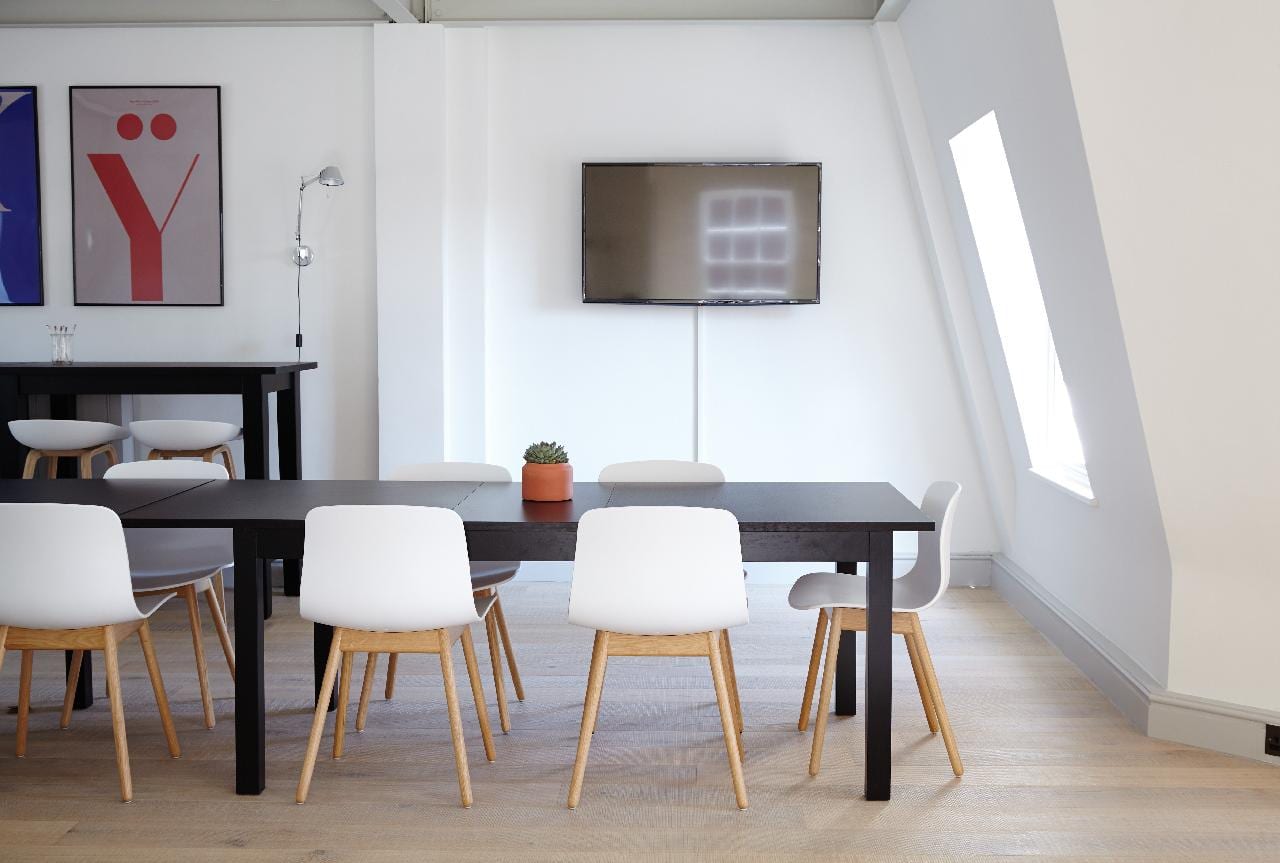Let’s admit it, it’s never easy to concentrate when you’re constantly worried about your back and posture. Sitting on a chair where you just don’t feel comfortable can take a toll on you with time. There is a good chance that the recurrent thought – I need a short break – during work is due to your uncomfortable position. You can even go as far as to say that your productivity in the workplace is in direct proportion to your physical comfort level.
Now that many of us have resorted to working from home, having access to comfortable chairs is imperative, to say the least. The global economy is as fragile as ever and the last thing the world needs right now is uncomfortable, fatigued, zoned-out workers. Companies around the world have taken their game up a peg and are now focusing strictly on incorporating health-related measures into their already robust designs. Therefore, the hunt for top affordable office chairs along with proper ergonomic amenities has never been so heated.
Ergonomics Improve Productivity
For a solution to exist, a problem must precede. Therefore, before we let you in on the solution, it is wise to go over and recognize the ergonomic risk factors. Awkward postures, excessive force, and task repetitions are all notable examples of ergonomic risk factors that hinder workplace productivity. Injuries that are caused by bad ergonomics in the workplace are often hard to discern. This is because of the slow-paced nature of strain on our bodies.
Day in and day out, you complain about that annoying lower back pain, until one day it gets too real and too debilitating; time to call in sick – you keep repeating to yourself. It is the sheer volume of these “sick-calls due to fatigue” that has caught the attention of employers around the world to take to ergonomics specialists to bring back productivity in the workplace.
Ergonomics Improve Quality
A chaotic workplace says a lot about the company and its relation to its employees. The quality of the work you do is never constant and is fluctuating at all times. Current research indicates that in the manufacturing industry, incorporating proactive physical and organizational ergonomics into the structure of a company is considered to be an anchor for productivity and quality.
When we’re on board an airplane, we trust that all the workers involved in the construction and maintenance of the craft did their work efficiently. Poor ergonomics leads to fatigued workers and depending on the risk involved in the work, it could be catastrophic. The more physically taxing work is, the more the likelihood of having fatigued workers. Therefore, if we’re to mitigate human errors, proper ergonomics is of the essence.
Ergonomics Safety Culture
Chances are you’ve stepped into an office once and immediately told yourself: This place is a mess! That same impression must’ve been shared by the employees of that company but with time – the “messy” environment solidifies. Like other active methods, applying ergonomics measures to the workplace can yield a day and night difference.
Studies show that conventional means of management pale in comparison with the modern way of management, which emphasizes boosting staff morale through participatory activities. Implementing ergonomics in your office is one of the easiest ways of achieving this workplace environment.
Each employee will then have the opportunity to bring forth new ideas to further implement measures taken by ergonomics specialists. The ultimate goal here is to establish and develop a safety culture whereby employees feel safe and comfortable in the workplace. This way, we bring about a culture that is based on participation, and all those participating would feel recognized, hence more productive.
Different Strokes for Different Folks
Depending on the company/organization, different methods of ergonomics may apply. After all, ergonomics measures of a steel manufacturing company with high-task repetitions differ from that of an educational institution.
The former requires measures specifically tailored for the kind of work steelworkers require which, oftentimes, translates into installing tools that are easily performable with less physical risks involved. The latter, however, calls for a different approach. Instead of utilizing low-risk tools, a proper set of ergonomic furniture inside the institution could go a long way.
Conclusion
The effects of maintaining a safe environment might not be noticeable in the short run. You also don’t need to go overboard in investing in new furniture. You can come up with many creative ways of implementing small ergonomics measures into your daily office routine. At the end of the day, these principles teach us how to appreciate “delayed gratification.”
Ergonomics as a whole is based on the idea of not making things complicated if you are going to have workers be accountable for their safety. Small baby-steps here and there, in the right direction, could prove priceless down the line.
Discover more from Futurist Architecture
Subscribe to get the latest posts sent to your email.



